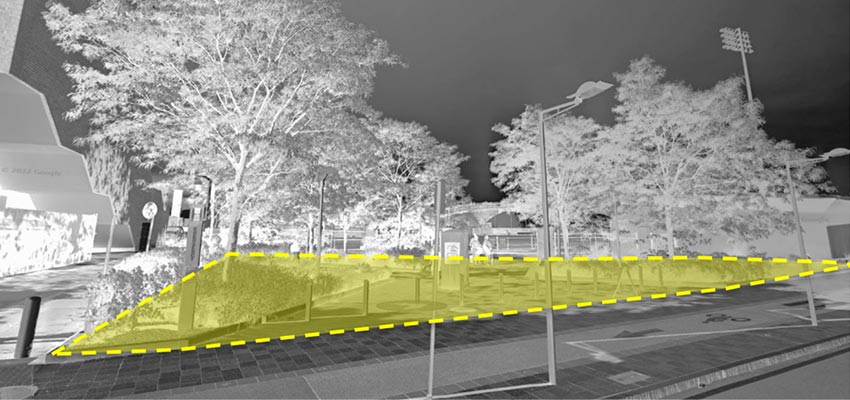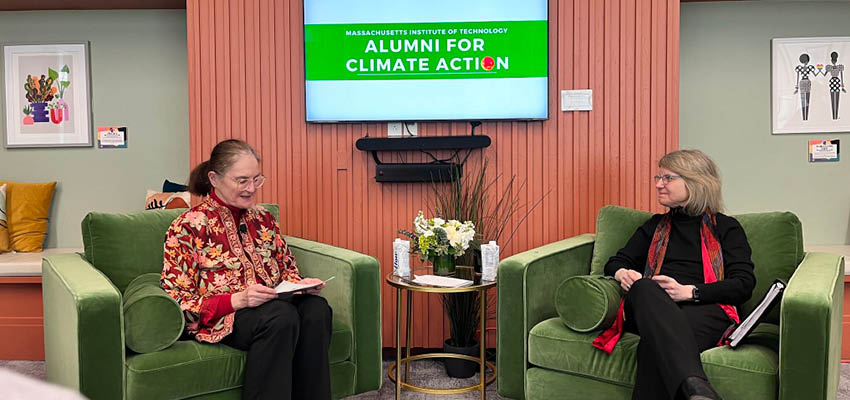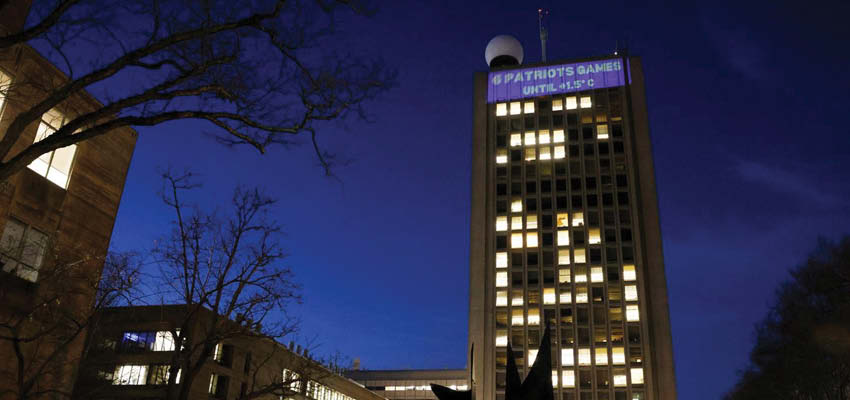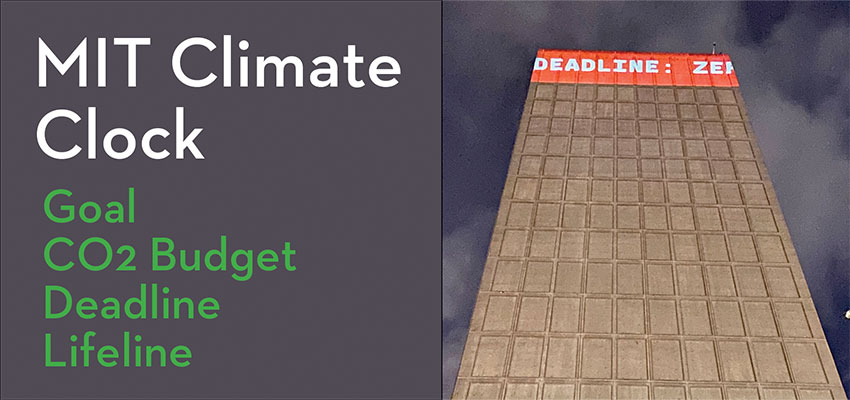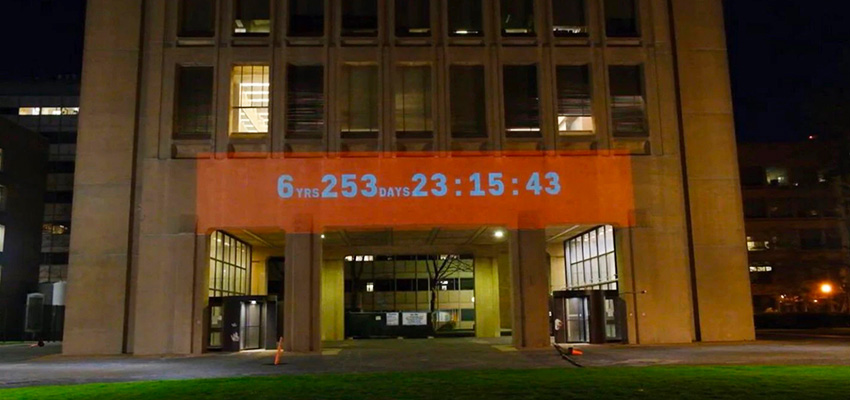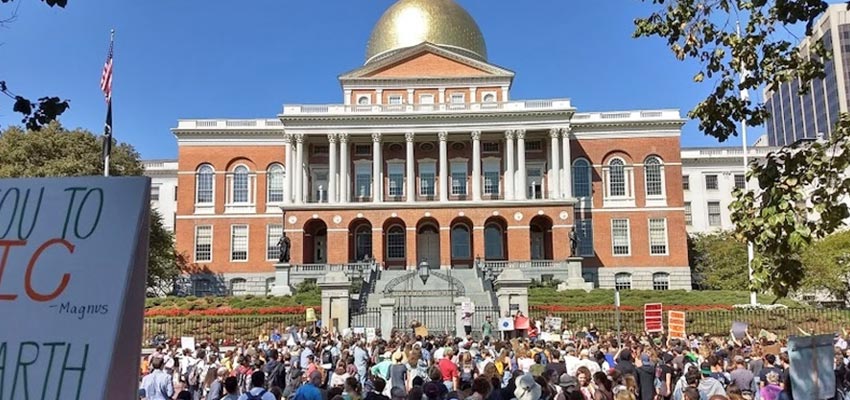
MIT D-Lab class
D-Lab: Water, Sanitation, and Hygiene (WASH)
Context
The use of groundwater has become increasingly important even in countries with large surface water resources, such as Mali.
The mission of the Concession Company (SOMAPEP-SA) and the Management Company (SOMAGEP-SA) of Drinking Water is to develop and ensure the operation of drinking water throughout the national territory in the Republic of Mali within the concession area defined by the State (see the map at the end). This has increased from 18 centers at the time of the sector reform in 2010 to 90 localities at the end of 2018 with the integration during 2017 of 72 new localities essentially based on boreholes for their drinking water supply without prior studies.
For those localities supplied from surface water (rivers and tributaries mainly), the observation is that during the rainy season, the turbidity of raw water is too high (more than 100 NTU on some rivers) due to suspended and dissolved particles in the water; the consequence is a high use of chemical products (flocculants, coagulants, polymers, and active charcoal) for treatment which makes the treatment cost very expensive. This handicap of the high cost of treatment of surface waters has led to the priority of boreholes over surface water resources. Boreholes increase productivity due to their recharge in the rainy season. Also, the risks of silting the rivers coupled with the traditional exploitation of gold which involves use of mercury and other toxic chemicals which are discharged to the rivers. This constitutes a serious threat to the surface water resource intended for human consumption. Below we see a surface water intake invaded by shrubs and aquatic plants and silting

Problem framing
The concession perimeter is composed of 90 localities spread over the national territory (see attached map). These cities are supplied by surface water for 9 localities and the rest by groundwater, mainly boreholes. Four of these cities are on a mixed system (boreholes and surface water). Surface water supply is provided by rivers or river tributaries (Niger and Senegal) and represents about 70% of total production. Borehole localities represent more than 75% of the cities managed, but with a cumulative production of less than a third of the total production. The table below shows as the need to improve borehole production for a better supply.


Competitive analysis
Most of these cities do not have a permanent water supply and boreholes or wells are the only alternatives.Thus, through this project, we plan to propose palliative solutions to heavy investments applicable to small scales to make its water supply systems profitable while waiting for the possibility of setting up yet more sustainable solutions for treating surface water in the future.
Also, the surface resources are more and more threatened and subject to higher and higher risks of pollution (insufficient rainfall, intense gold mining activities on the rivers). The development of groundwater resources constitutes an alternative to these challenges. Moreover, as we know, groundwater represents almost 30% of freshwater while surface water is less than 1%. In Mali, less than 10% of the global water production comes from groundwater, we have to inverse this trend.
A project on the optimization and sustainable development of groundwater resources aims to solve a number of difficulties faced by multiple localities of the concession area in the supply of drinking water. These include:
- The lack of data on boreholes in operation and a lack of knowledge of the performance of the aquifers captured;
- The lack of maintenance and sometimes continuous 24-hour operation of the works during the year (usually boreholes)
- The decay and/or collapse of the catchment structure.
- The loss of flow observed at the level of the catchment structure after a short period of operation
- The generalized drop in the level of the water table tapped with its corollary of disruption of other activities (mainly agricultural), especially for shallow aquifers which constitute a majority in the case of Mali
- The permanent search for promising catchment areas
- The appearance of certain undesirable minerals (iron, manganese, ammonia) leads to the specific treatment that is often very expensive or to the pure and simple abandonment of the infrastructure.
- Naturally occurring and anthropogenic toxic contaminants – you haven’t mentioned the possibility of toxic chemicals in the groundwater. Please address this issue, in terms of the occurrence, especially of either fluoride or arsenic in groundwater in certain areas of Mali
Solutions including technical details
The proposals made will be in the form of a decision support document or guide with recommendations for operators, projectors, and managers for a better rationalization of groundwater exploitation for water supply to the populations of the cities. It will include:
- Procedures for integrating a new well (key steps)
- Procedures for creating a new well (key steps)
- Procedures for the rehabilitation of an abandoned/regenerated well:
- Maintenance and upkeep procedures of a borehole in operation
- Acquisition of tools and soft equipment for monitoring boreholes in operation
- Purchase specifics equipment such (logging equipment, camera, Tool retrieval, Blowing, and development machine)
- Establishment of a database of boreholes tracing the life of the works over the years.
- Establishment of a monitoring/control external mechanism for the operation of boreholes.
- Evaluation of the project.
These procedures aim at giving content to the following specific tasks:
- Data collection (drilling sheet, lithological section, hole equipment plan, tests performed)
- Reconnaissance, and geophysical prospecting
- Flow tests, water analysis, and operating conditions
- Equipment for dewatering, treatment plans, and the start of operation.
- Borehole construction, development, and installation of full casing and screens
- Adaptation of the dewatering and/or treatment equipment to the performance of the borehole
- Updated maintenance manual
Next steps
- Elaboration of financing requests
- Transmission to the TFPs for financing
- Implementation schedule
Contact
Libby Hsu, MIT D-Lab Associate Director for Academics; Instructor, D-Lab: WASH


